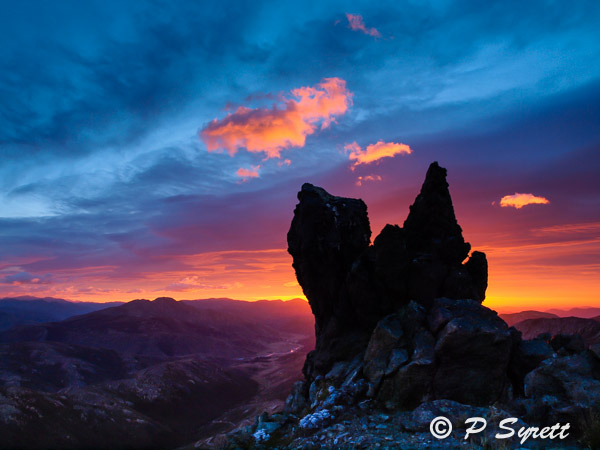 |
| Valley mist, from Amuri skifield |
I am posting some images from nearer home
this week. Ten days ago, I went
with a group of Nature Photography Society of New Zealand members to the Amuri
ski field lodge, near Hanmer Springs, for a weekend of photography. The conditions were excellent for
sunrise shots on both Saturday and Sunday mornings; nor’west winds brought
broken high cloud and great colour.
 |
| Sunrise from Amuri skifield |
 |
| Sunrise from Amuri skifield |
On Saturday, after shooting the sunrise
from a ridge just by the lodge, we walked to the summit of Mt St Patrick. The views and the alpine flowers were
superb. In the wind, mat plants
(vegetable sheep as they are known locally) were the most suitable photographic
subjects.
 |
| Haastia |
 |
| Raoulia and Haastia |
I woke before dawn on Sunday morning to a
dull, red glow outside the window.
So in spite of the strong wind that had battered the lodge all night,
keeping most of us awake for much of the time, I got up to head outside. My intention had been to grab a few
quick shots and retreat indoors again, but the light was too good to ignore, so
with camera on tripod I returned to the ridge where I had been the day
before. Fortunately I knew the way
this time, so it wasn’t hard to negotiate the route in the half-dark. The clouds were moving fast, and this
was the last shot I took before the sun rose above the horizon. At 1/20
sec exposure, those little red clouds must be moving in the frame, but
fortunately it isn’t obvious. The
articulated screen on my camera was blowing in the wind, so I had to lock it
down and almost lie on the ground to see what was happening. The camera was low to the ground, and
rock solid on the tripod, so the image is sharp.
 |
| Second sunrise from Amuri skifield |
As the wind continued to strengthen, we
decided after breakfast to clear up and head straight down the road. It was calmer in the valley, although
still windy. We stopped to explore
an old woodshed. Also, at the
beginning of the St James cycle way, we found an incredible field of gentians,
in perfect condition. Of course
they were blowing violently in the wind, and I’m looking forward to seeing
images from one of our members who, living locally, intended to return the next
morning.
 |
| Changing weather, looking down to the Clarence River |

















